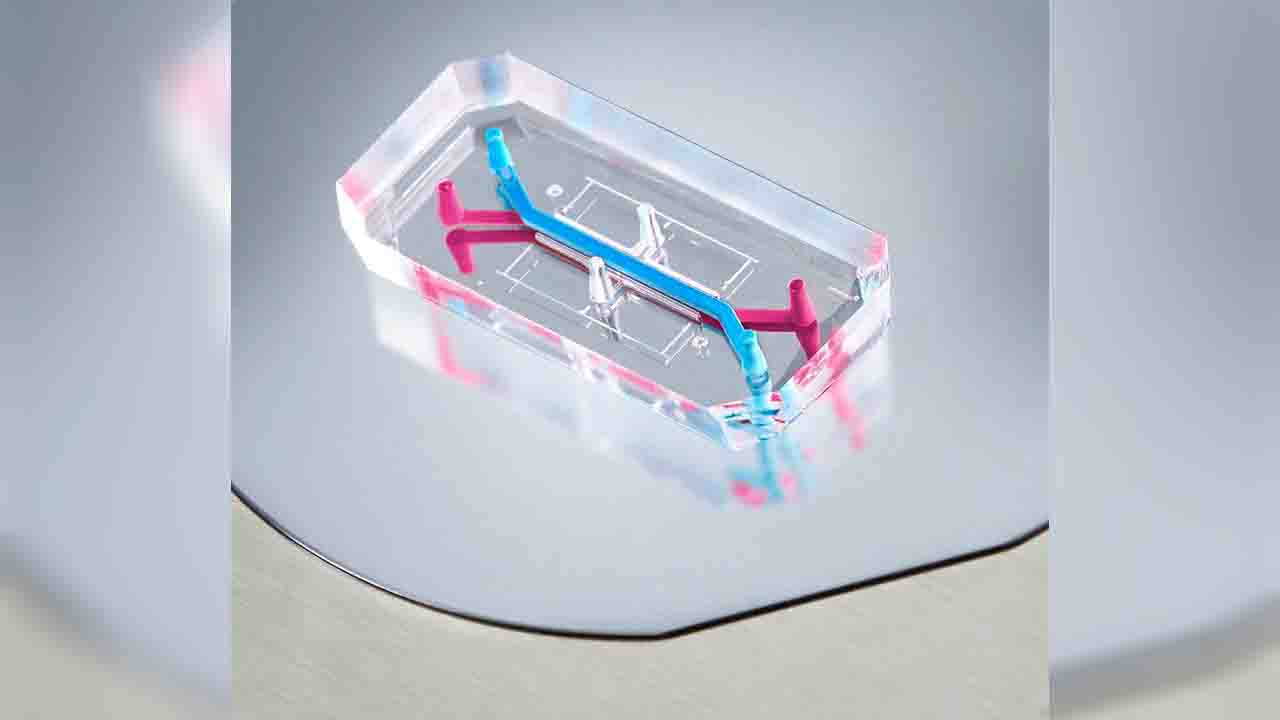Science & Technology, Australia (Commonwealth Union) – In the quest for more efficient and reliable drug development processes, scientists and researchers have turned to innovative technologies. One such breakthrough is the development of organ-on-chip (OOC) technology. Offering a more accurate and representative model of human organs and tissues, OOCs have the potential to transform the pharmaceutical industry, accelerating drug discovery and reducing reliance on animal testing. In this article, we explore the principles behind organ-on-chip technology, its advantages, and the impact it may have on the future of medicine. Organ-on-chip technology involves the creation of microscale devices that mimic the structure and function of human organs and tissues. These chips are typically made of transparent materials and consist of channels lined with living human cells, allowing for the replication of organ-level functions. By recreating the physiological conditions found within the human body, OOCs provide a more accurate model for studying the effects of drugs, toxins, and diseases.
Engineers from the University of New South Wales (UNSW) have found a way to produce electronic systems on ultra-thin skin-like materials that are flexible.
The development permits the whole stretchable 3D structures to function as a semiconductor and may assist in significantly lowering the requirement for animal testing further by bringing greater efficiency for OOC technology.
Further along, the technology may also be utilized for wearable health tracking systems or implantable biomedical applications, like a system to notify individuals with epilepsy of an imminent seizure.
The study team, led by Dr Hoang-Phuong Phan from the UNSW, School of Mechanical and Manufacturing Engineering, has had their results appear in the Advanced Functional Materials journal.
Their new procedure involves applying lithography. This is a process that utilizes light to print minor patterns that fabricate wide bandgap semiconductors like silicon carbide and gallium nitride onto really thin as well as flexible nanomembranes on a polymer substrate.
The semiconductor membranes can make available sensing, recording, and stimulation functionalities as they are stretched as well as twisted into any imaginable 3D shape.
They may end up as a significant component of OOC, which is at the forefront of an approach that involves producing tinier versions of human organs on tiny chips.
These chips copy the functions and structures of organs, permitting researchers to evaluate their behavior and test the impact of drugs or diseases with greater accuracy and efficiency.
As OOC technology permits researchers to imitate the complexity of human organs in laboratory conditions, making it possible to do away with the need to utilize animals for a wide range of testing.
“Many people are keen to move towards medical testing on replicated versions of human cells rather than live animals for legal, ethical, and moral reasons,” said Dr. Phan.
“You can grow 3D cell organs that mimic the organs in a real body, but we also need to develop 3D electrodes to help facilitate that organ-on-chip process.”
“Our process allows for an electronic system to be created on a membrane that can be stretched into any 3D shape around the organ-on-chip.”
The study was the key area of focus for interdisciplinary, cross-institutional partnerships between UNSW, Griffith University, UQ, and QUT, as well as their global partners like Kyung Hee University, University of Southern California, together with Northwestern University.
The UNSW researcher further indicated that their new material may be enhanced further to make implantable biomedical devices where the electrical system is capable of tracking and influencing, neuron signals in real-time.
Even though this device being unavailable for at least ten years, scientists are already planning more tests with the ambition of possibly assisting individuals who have epilepsy, which is a neurological disorder where sudden as well as uncontrolled bursts of electrical activity in the brain may result in seizures.








